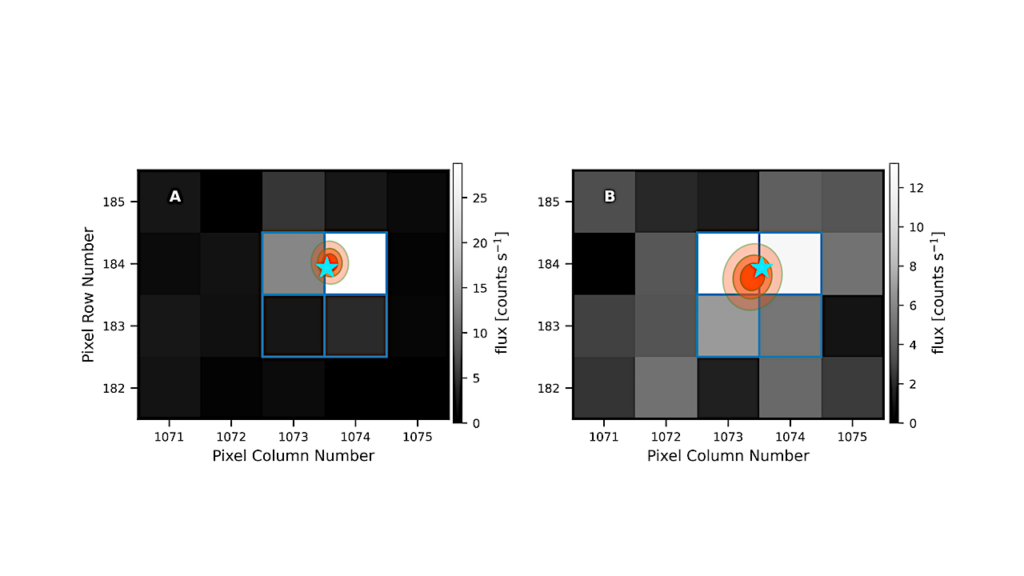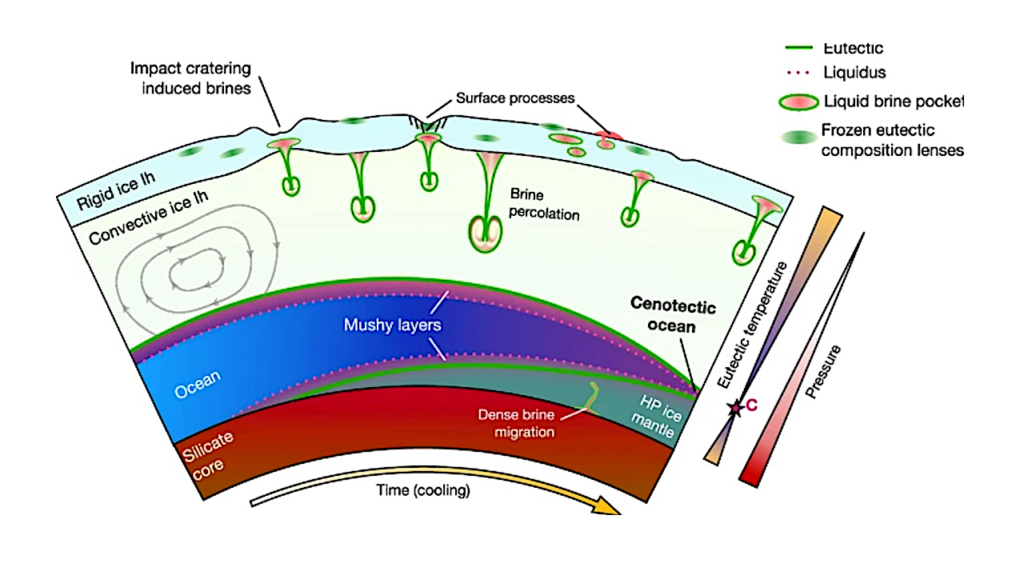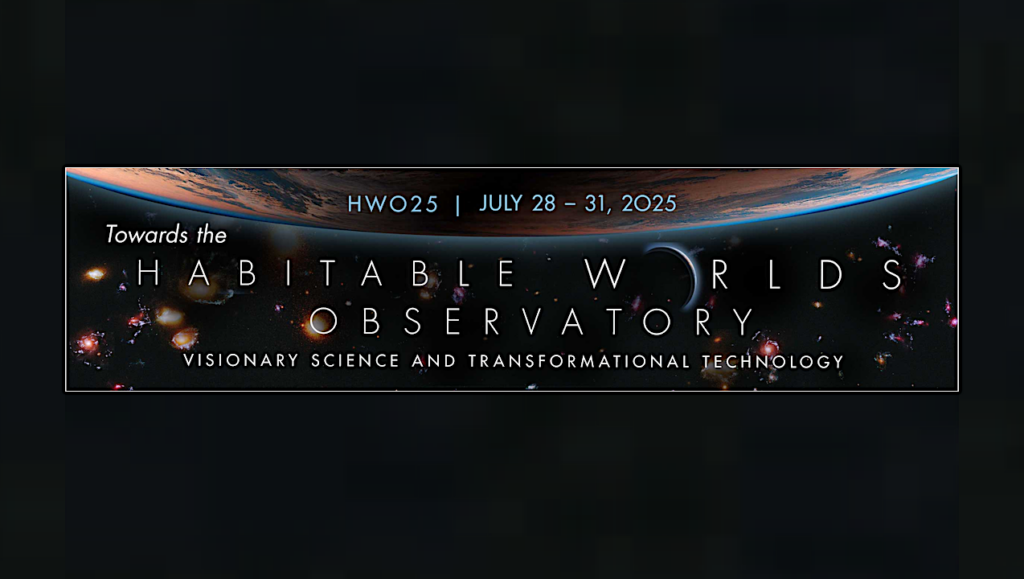Tutorial Models of the Climate and Habitability of Proxima Centauri b

Proxima Centauri b, an Earth-size planet in the habitable zone of our nearest stellar neighbour, has just been discovered. A theoretical framework of synchronously rotating planets, in which the risk of a runaway greenhouse on the sunlight side and atmospheric collapse on the reverse side are mutually ameliorated via heat transport is discussed.
This is developed via simple (tutorial) models of the climate. These show that lower incident stellar flux means that less heat transport, so less atmospheric mass, is required. The incident stellar flux at Proxima Centauri b is indeed low, which may help enhance habitability if it has suffered some atmospheric loss or began with a low volatile inventory.
Tutorial models of the climate and habitability of Proxima Centauri b: a thin atmosphere is sufficient to distribute heat given low stellar flux
Colin Goldblatt
(Submitted on 25 Aug 2016)
Comments: 7 pages, 3 figures. Submitted to ApJ Lett
Subjects: Earth and Planetary Astrophysics (astro-ph.EP); Atmospheric and Oceanic Physics (physics.ao-ph)
Cite as: arXiv:1608.07263 [astro-ph.EP] (or arXiv:1608.07263v1 [astro-ph.EP] for this version)
Submission history
From: Colin Goldblatt
[v1] Thu, 25 Aug 2016 19:29:11 GMT (156kb,D)
http://arxiv.org/abs/1608.07263








